'Dark Winds' star Zahn McClarnon and director Erica Tremblay on unpacking trauma in a 'safe and beautiful' way
Published in Entertainment News
[This story contains some spoilers for "Dark Winds" Season 3 Episode 6, "Ábidoo'niidęę (What He Had Been Told)."]
While shooting a pivotal scene for the latest episode of "Dark Winds," "Ábidoo'niidęę (What He Had Been Told)," star Zahn McClarnon asked director Erica Tremblay to hold his hand.
In the haze of a drug-induced hallucinatory dream, McClarnon's Joe Leaphorn is confronted with painful memories from his youth. Trapped behind bars, the tribal police lieutenant is powerless as he watches his young cousin be taken away by an abusive priest. As the camera tightens in on Leaphorn's reaction, the actor is holding onto Tremblay's arm just out of frame.
"As an actor, I am obviously drawing from my own life experiences and we've all had our traumatic pasts and events that have happened to us," says McClarnon during a recent call. "I had a really safe space to act, to access that stuff. … I just can't stress how much support I had from my cast and my crew — not just Erica, but everybody — and what that means to me as an actor to be in the space where I can just be vulnerable."
Now in its third season, "Dark Winds" follows Leaphorn and a couple of his current and former officers as they solve crimes and maintain order in the Navajo Nation. Each season involves the investigation of a new mystery that offers glimpses into Navajo tribal life and traditions as well as larger systemic issues that affect the community. Created by Graham Roland, the AMC and AMC+ crime thriller is based on the "Leaphorn & Chee" novel series by Tony Hillerman.
In Season 3, Leaphorn is looking into the disappearance of two young boys while also navigating the moral and legal consequences of his decision to leave the man — ultimately responsible for the death of his son — to die. Although his actions were driven by the knowledge that getting any justice for his son would be otherwise elusive, Leaphorn has been struggling with the guilt stemming from this decision.
"He's a principled man," says McClarnon of his character. "He struggles with upholding the law as well as trying to stay a traditional Navajo person. That struggle between Indian justice and white justice and the law and being colonized. … There's just so many different struggles going on within Joe's psyche."
In "Ábidoo'niidęę (What He Had Been Told)," Leaphorn is shot with a tranquilizer dart and falls into a sort of fever dream. During this dream, says McClarnon, Leaphorn revisits "this traumatic event that happened to him and [he realizes] he's lied to himself through his adult life and rearranged that event in a way that wasn't true … the events in his past weren't the way he had it in his head as a kid."
Leaphorn's suppressed memory involved a Catholic priest from the local church sexually abusing his younger cousin, as well as other community members, an issue that has affected many tribal communities, explained Tremblay.
"All of us Native writers in the room had our own experiences or our family members have had experiences around this kind of trauma," says Tremblay, who also serves as a supervising producer.
Because of this, ensuring the safety of the cast and crew was among the director's primary concerns when approaching the episode — especially while shooting the scene when Leaphorn observes the abuse. She explained that it was important for her that the scene was shot on a closed set with an intimacy coordinator. Traditional medicine and safe spaces were also made available for anybody that needed them.
"Zahn and I had a lot of conversations around that scene ahead of time," says Tremblay. "We did a lot of takes. He wanted to have his coverage be last so we shot out everyone else, and then turned the camera on him so that he would be performing his part of that scene last. He was giving incredible takes … but they were all from anger, which is totally an understandable emotional reaction to what he's seeing."
But after Tremblay gently nudged McClarnon about the possibility that he was holding onto a different response within him, he tried one more time. This last take, where he sought additional support from Tremblay, was the one used for the final cut of the episode.
"As a director, there's nothing more meaningful than feeling trusted by your actors," says Tremblay. "Because it was me, because we were protected and safe … and because it was Zahn, he could lean on me and I could lean on him. Our collective experience as Native people allowed us to go to a very painful place, but in a way that was safe and beautiful."
The episode, written by Max Hurwitz and Billy Luther, weaves through Leaphorn's memory dream, the actual skirmish Leaphorn is caught up in and a telling of the traditional Navajo story about the Hero Twins battling a monster known as the Ye'iitsoh.
"The translation [of Ye'iitsoh] is 'something big that creates fear,'" says McClarnon. The Ye'iitsoh has loomed over the events of this season, in both the mystery around the missing children as well as Leaphorn's guilt. In Leaphorn's dream, the Ye'iitsoh is represented by the abusive priest.
"I'm Seneca-Cayuga so the Haudenosaunee stories that I've grown up with are so deeply ingrained in the way that I live my life," says Tremblay. "The Ye'iitsoh story … has survived because it's a really great story. … We wouldn't be doing our jobs as writers in the room if we weren't looking to these stories, not only to express really important traditional values of the Navajo people, but to get some really good [entertaining] ideas from these stories that have survived for thousands of years."
For McClarnon, learning more about Diné — or Navajo — culture has been one of the rewarding aspects of being on "Dark Winds."
"We don't represent the Navajo people," says the actor, who is of Lakota, Irish and German descent. "We're a television show. … But if 'Dark Winds' gets people to visit the Navajo Nation, spend a little time with Navajo people and learn about the culture, that's a positive thing.
"If it leads to more people getting involved politically, economically, environmentally, and it becomes an education, it's a win for the show," he adds.
McClarnon shares that it wasn't until he was in junior high that he started to think more about his own identity. His Lakota mother is from the Standing Rock Reservation and grew up in Fort Yates, North Dakota, until her family moved to Browning, Montana, on the Blackfeet Reservation. While he spent time on the reservation visiting family, he grow up about 20 miles away in Glacier National Park.
"It was difficult for me at times," says McClarnon. "I'm both white and Native and sometimes I struggled with fitting in to either place.
"I didn't start really getting into my culture until I was 13 or 14 years old," he continued. "I started attending ceremonies — inípi ceremony, which is the sweat lodge. That's kind of how I was introduced more to the spiritual side of my culture."
An industry veteran whose resume includes roles on the shows "Reservation Dogs," "Echo," "Westworld" and "Longmire," McClarnon has been heartened by the growth of Native American representation and storytelling. But he hopes to see more inclusion in leadership positions at the networks and in producing ranks.
"We're chipping away at those stereotypes, the tropes that we've all been dealing with for a long time," says McClarnon. "We have more of a voice and we're telling our own stories. We're telling them in an authentic way. The native kids are hopefully seeing themselves in film and TV in a positive, non-stereotypical way now.
"We've got a ways to go," he says. But "we're going to continue this journey and that's important."
©2025 Los Angeles Times. Visit latimes.com. Distributed by Tribune Content Agency, LLC.

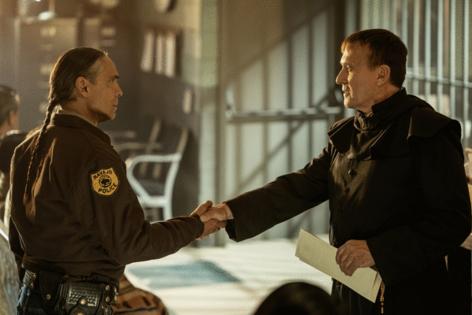


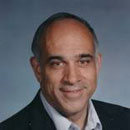


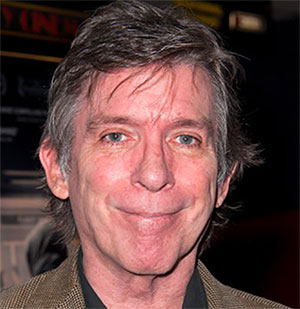
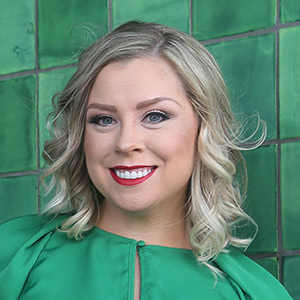
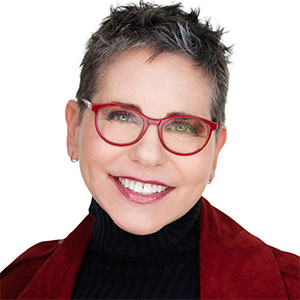
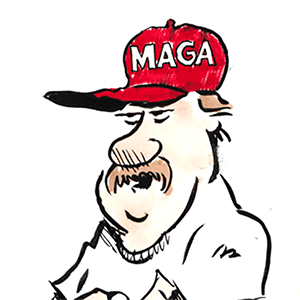


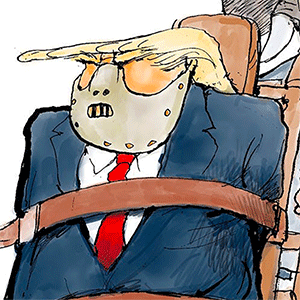

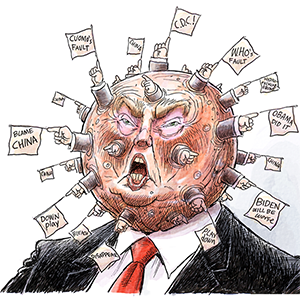
Comments